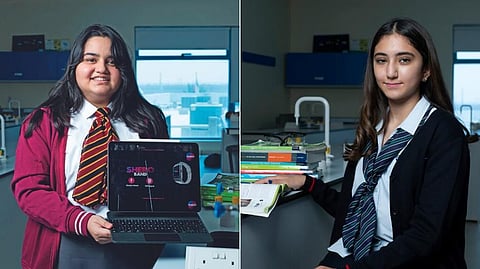These Dubai students prove small innovations can make a big impact
From a tech-enabled walking cane to help the visually impaired to a bracelet that can make the world safer for women, meet two student innovators who are busy juggling inventions with academics
Last updated:
6 MIN READ

Sign up for the Daily Briefing
Get the latest news and updates straight to your inbox
Up Next




